جلد سخت سیاه و سفید
Product details
- Publisher : Oxford University Press (January 25, 2022)
- Language : English
- Hardcover : 920 pages
- ISBN-10 : 0199355355
- ISBN-13 : 978-0199355358
کتاب The Oxford Handbook of Early Southeast Asia (Oxford Handbooks)
Southeast Asia ranks among the most significant regions in the world for tracing the prehistory of human endeavor over a period in excess of two million years. It lies in the direct path of successive migrations from the African homeland that saw settlement by hominin populations such as Homo erectus and Homo floresiensis. The first Anatomically Modern Humans, following a coastal route, reached the region at least 60,000 years ago to establish a hunter gatherer tradition that survives to this day in remote forests.
From about 2000 BC, human settlement of Southeast Asia was deeply affected by successive innovations that took place to the north and west, such as rice and millet farming. A millennium later, knowledge of bronze casting penetrated along the same pathways. Copper mines were identified and exploited, and metals were exchanged over hundreds of kilometers. In the Mekong Delta and elsewhere, these developments led to early states of the region, which benefitted from an agricultural revolution involving permanent ploughed rice fields. These developments illuminate how the great early kingdoms of Angkor, Champa, and Funan came to be, a vital stage in understanding the roots of the present nation states of Southeast Asia.
Assembling the most current research across a variety of disciplines--from anthropology and archaeology to history, art history, and linguistics--The Oxford Handbook of Early Southeast Asia will present an invaluable resource to experienced researchers and those approaching the topic for the first time.
منابع کتاب کتاب The Oxford Handbook of Early Southeast Asia (Oxford Handbooks)
آسیای جنوب شرقی از نظر ردیابی پیش از تاریخ تلاش های بشری در دوره ای بیش از دو میلیون سال در میان مهم ترین مناطق جهان قرار دارد. این در مسیر مستقیم مهاجرتهای پی در پی از سرزمین آفریقایی قرار دارد که شاهد اسکان جمعیتهای هومینین مانند هومو ارکتوس و هومو فلورسینسیس بود. اولین انسانهای مدرن از نظر تشریحی، حداقل 60000 سال پیش به این منطقه رسیدند تا یک سنت شکارچی جمعآوری کنند که تا به امروز در جنگلهای دورافتاده باقی مانده است.
از حدود 2000 سال قبل از میلاد، سکونت انسان در آسیای جنوب شرقی عمیقاً تحت تأثیر نوآوری های متوالی که در شمال و غرب رخ داد، مانند کشاورزی برنج و ارزن قرار گرفت. هزاره بعد، دانش ریخته گری برنز در امتداد همین مسیرها نفوذ کرد. معادن مس شناسایی و مورد بهره برداری قرار گرفت و فلزات در طول صدها کیلومتر مبادله شدند. در دلتای مکونگ و جاهای دیگر، این تحولات منجر به ایجاد ایالت های اولیه منطقه شد که از یک انقلاب کشاورزی که شامل مزارع برنج شخم زده دائمی بود، سود بردند. این تحولات نشان می دهد که چگونه پادشاهی های بزرگ اولیه آنگکور، چمپا، و فونان به وجود آمدند، مرحله ای حیاتی در درک ریشه های دولت های ملی کنونی آسیای جنوب شرقی.
گردآوری جدیدترین تحقیقات در رشتههای مختلف - از انسانشناسی و باستانشناسی گرفته تا تاریخ، تاریخ هنر و زبانشناسی-- کتاب راهنمای آکسفورد در آسیای جنوب شرقی اولیه ، منبع ارزشمندی را برای محققان با تجربه و کسانی که برای اولین بار به این موضوع نزدیک میشوند، ارائه میکند. .

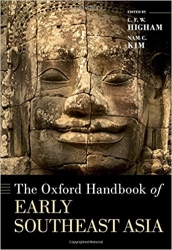


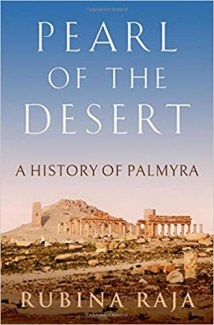
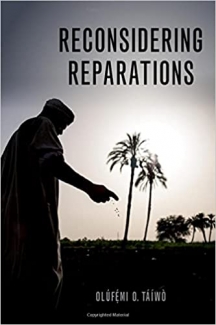
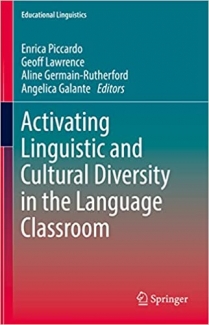







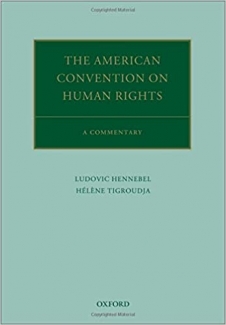


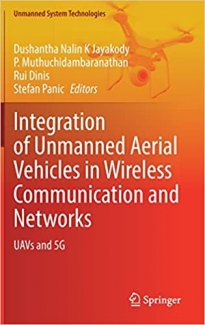
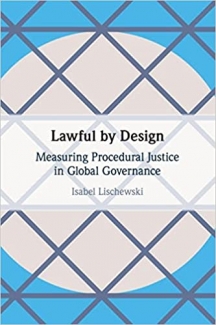













ارسال نظر درباره کتاب The Oxford Handbook of Early Southeast Asia (Oxford Handbooks)